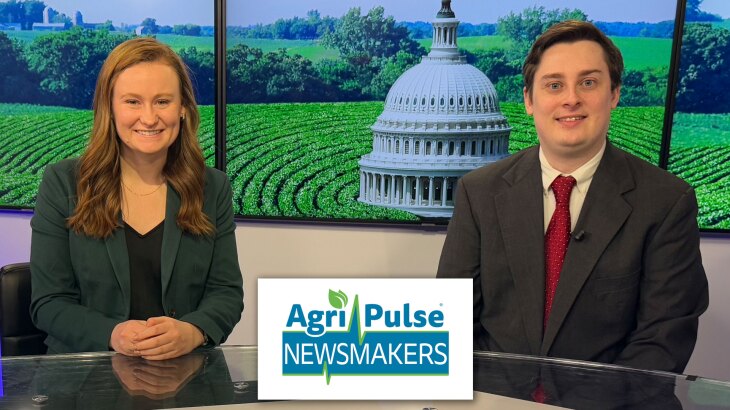The sirloin is divided into several types of steaks. The top sirloin is the highest quality and is specifically marked for sale under that name. The bottom sirloin is generally less tender and much larger and is typically sold simply as a “sirloin steak.” The sirloin steak is cut from the sirloin, the subprimal posterior to the short loin, where the T-bone, porterhouse, and club steaks are cut.
Cuts from the sirloin tend to be packed with flavor, but they can be chewy since they are leaner. Most should be cooked hot and fast or slow and low to prevent toughness.
Did you know? Cuts with “sirloin tip” in the name don’t come from the Sirloin Primal but instead are from the Round.
Top Sirloin
Top sirloin is generally made into boneless steaks, but it can be trimmed to different degrees. Steaks and filets made from top sirloin make a reasonably priced choice for the grill that comes close in enjoyment to the more expensive short loin and rib cuts like the New York strip and rib-eye.
Top sirloin steaks are generally suitable for high-heat grilling, making them easy to overcook. At temperatures above 145 degrees, or medium doneness, the meat can begin to turn tough and dry.
Bottom Sirloin
The bottom sirloin, located closer to the cow’s rear legs, is generally used for roasts. The most common bottom sirloin is the tri-tip, which is relatively lean but has a layer of fat on the outside that can be ideal for slow cooking.
Preparations for Sirloin
In common British, South African, and Australian butchery, the word sirloin refers to cuts of meat from the upper middle of the animal, similar to the American short loin. The American sirloin is called the rump.
















